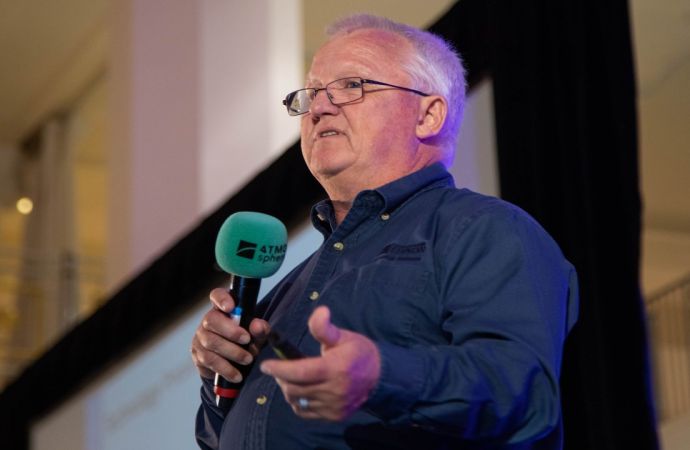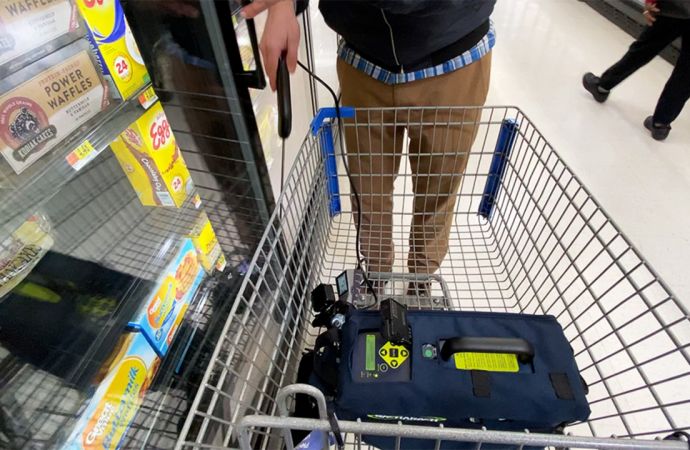With no current legislation limiting the GWP of refrigerants in the US, the Environmental Defense Fund (EDF) has proposed a bill to tackle high GWP gases in California, hoping to set the example at federal level. This step would mark a clear break with legislation that has until now focused on leakage control rather than a phase out of such substances.

The EDF, a US-based organisation that works closely with governments, companies and organisations, has put forward an amended version of Assembly Bill 1373 quoting ammonia as an environmentally and economically-viable replacement to high GWP gases.
Ammonia put forth by the Environmental Defense Fund
"Our top priority is to pass national legislation that caps global warming pollution and creates a flexible emissions trading market. That will open the door to a green technology revolution," argues Steve Cochran, director of EDF’s national climate campaign.
In this respect EDF along with Assembly member Nancy Skinner have sponsored a bill in the California Legislature that will require thorough analysis of available technologies and identify ways to incentivise the use of environmentally friendly refrigerants such as ammonia.
“Systems, using “natural” refrigerants like ammonia have low greenhouse gas implications and also have the potential to decrease energy consumption compared to the systems they replace,” states the High GWP bill fact sheet written by EDF.
CARB’s current strategy to limit high GWP gases
The California Air Resources Board is proposing to promulgate regulations to limit leakage of high-GWP gases in line with the AB32 rulemaking authority. The following measures are expected to reduce emissions by some 15 million tons by 2020:
EDF’s bill
The bill will require the California Energy Commission to study alternative solutions such as ammonia systems in order to update building and appliance standards. The Commission would examine the energy efficiency and environmental impact of cooling systems.
The commission will then produce a report outlining the most environmentally sound technologies and assess these in terms of economic and technological feasibility. Pilot projects will then be developed to test the new technologies.
Background
As part of the 2006 Global Warming Solutions Act, CARB has created a statewide GHG emissions inventory targeting major sources of global warming pollution. The inventory suggests that emissions of high high-GWP gases are expected to grow from nearly 15 MMTCO2e in 2004 to more than 45 MMTCO2e by 2020 if no action is taken. With most of this growth attributed to the increased use of HFCs that replace HCFCs being phased out under the Montreal Protocol.
Ammonia put forth by the Environmental Defense Fund
"Our top priority is to pass national legislation that caps global warming pollution and creates a flexible emissions trading market. That will open the door to a green technology revolution," argues Steve Cochran, director of EDF’s national climate campaign.
In this respect EDF along with Assembly member Nancy Skinner have sponsored a bill in the California Legislature that will require thorough analysis of available technologies and identify ways to incentivise the use of environmentally friendly refrigerants such as ammonia.
“Systems, using “natural” refrigerants like ammonia have low greenhouse gas implications and also have the potential to decrease energy consumption compared to the systems they replace,” states the High GWP bill fact sheet written by EDF.
CARB’s current strategy to limit high GWP gases
The California Air Resources Board is proposing to promulgate regulations to limit leakage of high-GWP gases in line with the AB32 rulemaking authority. The following measures are expected to reduce emissions by some 15 million tons by 2020:
- Establishing a stationary refrigerant management program to register large refrigeration and air-conditioning (RAC) systems with the state, requiring leak checks and leak repairs
- Instituting an upstream GHG mitigation fee on the sale of refrigerants used to charge cooling equipment
- Establishing new specifications for buildings and equipment using refrigerant technologies
EDF’s bill
The bill will require the California Energy Commission to study alternative solutions such as ammonia systems in order to update building and appliance standards. The Commission would examine the energy efficiency and environmental impact of cooling systems.
The commission will then produce a report outlining the most environmentally sound technologies and assess these in terms of economic and technological feasibility. Pilot projects will then be developed to test the new technologies.
Background
As part of the 2006 Global Warming Solutions Act, CARB has created a statewide GHG emissions inventory targeting major sources of global warming pollution. The inventory suggests that emissions of high high-GWP gases are expected to grow from nearly 15 MMTCO2e in 2004 to more than 45 MMTCO2e by 2020 if no action is taken. With most of this growth attributed to the increased use of HFCs that replace HCFCs being phased out under the Montreal Protocol.
MORE INFORMATION
Related stories






